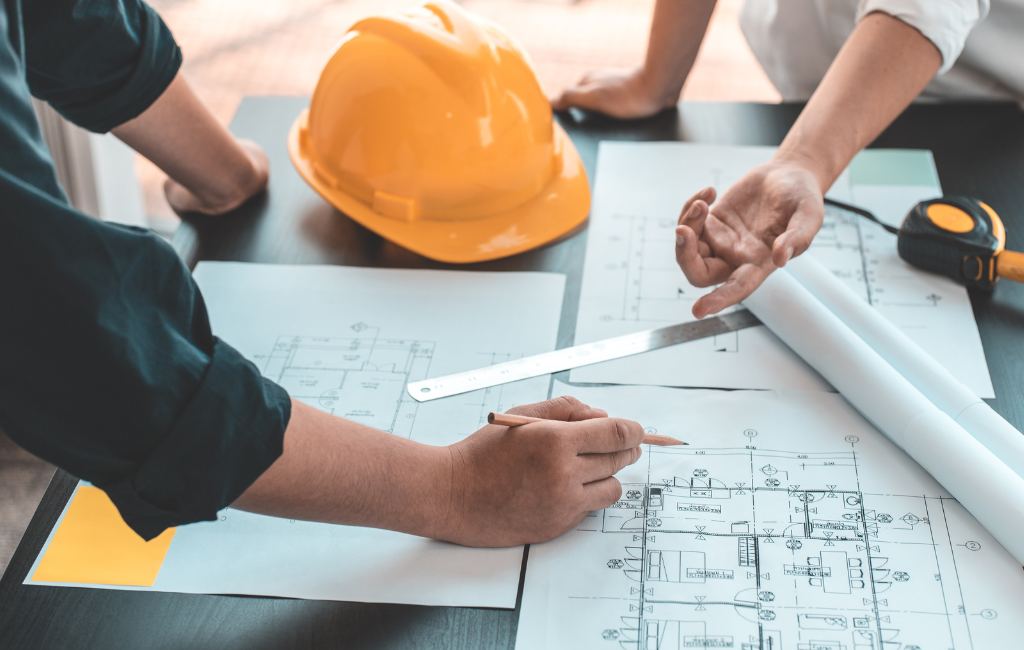Architect Innovations

Architect Innovations for Smart Homes
The concept of smart homes has evolved significantly over the past decade, driven by technological advancements and a growing demand for sustainable living. Architects play a pivotal role in this transformation, integrating cutting-edge technologies with innovative design principles to create homes that are not only intelligent but also aesthetically pleasing and environmentally friendly.
The Rise of Smart Homes
Smart homes are no longer a futuristic concept; they are becoming a reality for many homeowners. These homes leverage technology to provide enhanced comfort, security, and energy efficiency. The integration of Internet of Things (IoT) devices, artificial intelligence, and automation systems has revolutionized the way we interact with our living spaces.
Key Features of Smart Homes
- Automation: From lighting and climate control to security systems, automation allows homeowners to manage various aspects of their home remotely.
- Energy Efficiency: Smart homes utilize energy-efficient appliances and systems, reducing energy consumption and lowering utility bills.
- Security: Advanced security systems, including smart locks and surveillance cameras, provide enhanced protection for residents.
- Connectivity: Seamless integration of devices ensures that all systems work together harmoniously.
Architectural Innovations in Smart Homes
Architects are at the forefront of designing smart homes that blend technology with innovative design. These homes are not only functional but also sustainable and visually appealing.
Integration of Sustainable Materials
One of the key trends in smart home architecture is the use of sustainable materials. Architects are increasingly opting for eco-friendly materials such as bamboo, reclaimed wood, and recycled metal. These materials not only reduce the carbon footprint of the home but also enhance its aesthetic appeal.
Biophilic Design
Biophilic design is gaining popularity in smart home architecture. This approach emphasizes the connection between humans and nature, incorporating natural elements such as plants, water features, and natural light into the design. Biophilic design not only enhances the well-being of residents but also improves the energy efficiency of the home.
Adaptive Reuse of Spaces
Architects are reimagining traditional spaces to accommodate smart technologies. Adaptive reuse involves repurposing existing structures to create modern, functional living spaces. This approach not only preserves historical architecture but also reduces the environmental impact of new construction.
Case Studies: Innovative Smart Homes
Several projects around the world exemplify the innovative integration of technology and design in smart homes.
The Edge, Amsterdam
The Edge in Amsterdam is often cited as one of the smartest buildings in the world. Designed by PLP Architecture, this building features a range of smart technologies, including a personalized app that allows employees to control lighting and climate settings. The building’s design maximizes natural light and incorporates energy-efficient systems, making it one of the most sustainable office buildings globally.
House Zero, Cambridge
House Zero, designed by the Harvard Center for Green Buildings and Cities, is a prototype for energy-positive homes. The house features advanced insulation, solar panels, and a geothermal heating system. Its design focuses on maximizing energy efficiency while maintaining a comfortable living environment.
The Future of Smart Home Architecture
The future of smart home architecture looks promising, with several trends shaping the industry.
Integration of Artificial Intelligence
Artificial intelligence is set to play a significant role in the future of smart homes. AI-powered systems can learn from residents’ habits and preferences, optimizing energy use and enhancing comfort. These systems can also predict maintenance needs, reducing the likelihood of costly repairs.
Focus on Health and Well-being
As people become more health-conscious, architects are designing smart homes that prioritize residents’ well-being. This includes incorporating air purification systems, circadian lighting, and spaces for physical activity. These features not only improve the quality of life for residents but also contribute to their overall health.
Customization and Personalization
Future smart homes will offer greater customization and personalization options. Homeowners will be able to tailor their living spaces to their specific needs and preferences, from the layout and design to the technology integrated into the home. This level of personalization will enhance the overall living experience.
Conclusion
Architectural innovations are transforming the concept of smart homes, making them more sustainable, efficient, and personalized. By integrating advanced technologies with innovative design principles, architects are creating homes that meet the needs of modern living while minimizing environmental impact. As technology continues to evolve, the possibilities for smart home architecture are limitless, promising a future where homes are not only intelligent but also harmonious with their surroundings.